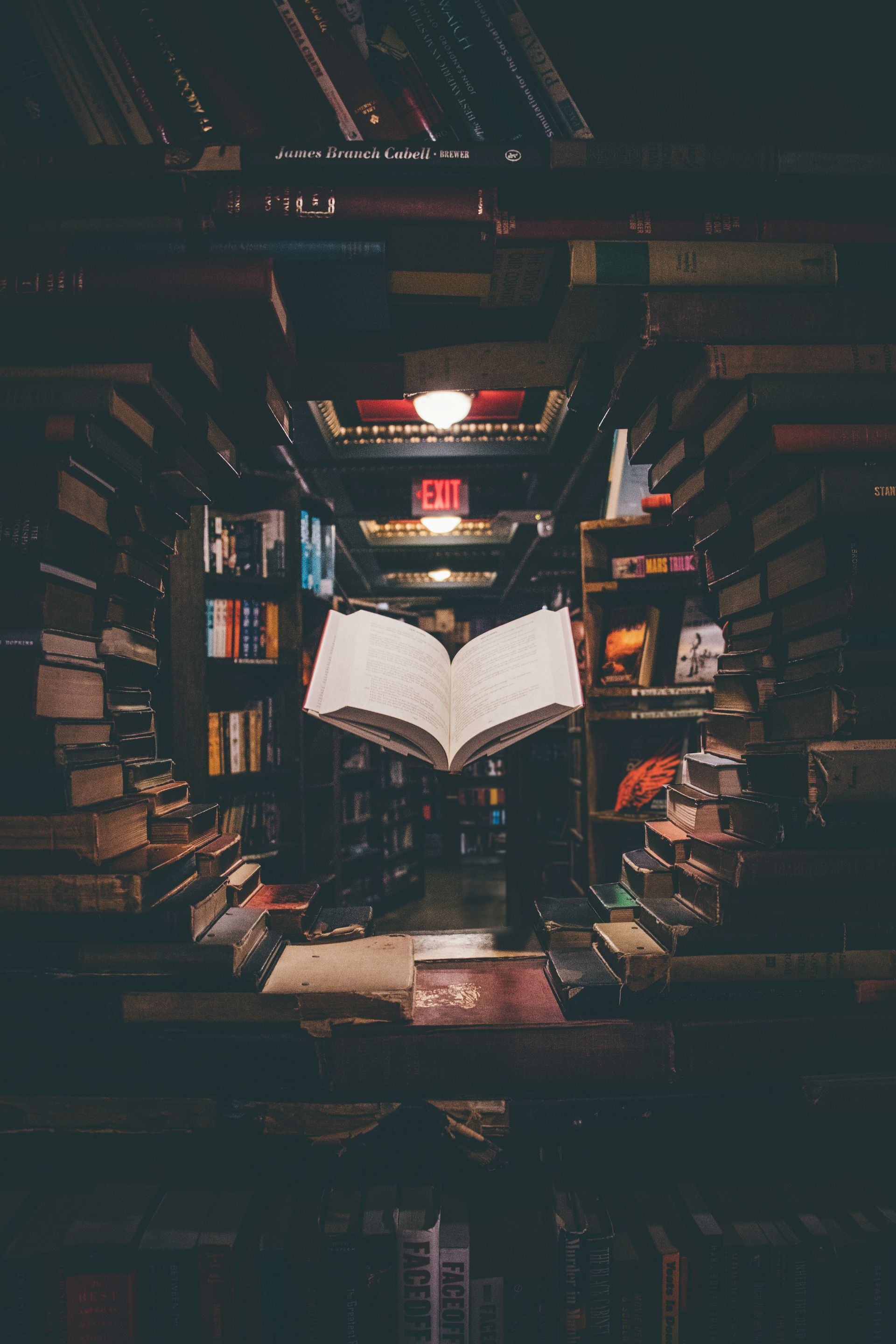Reclaiming connection: harnessing the power of physical space
We owe a lot to the internet. It’s been the great connector of our time—sparking friendships, building romantic relationships, nurturing niche communities, and letting us reach further and wider than ever before. During the pandemic, it served as a lifeline, helping millions stay tethered to loved ones amid isolation.
But beneath the surface of constant connectivity, a new sentiment is quietly taking root. A recent study by BSI revealed a striking insight: nearly half of young people wish they lived in a world without the internet.

DREAMING OF DISCONNECTION
That’s right,
the first generation raised fully online, is dreaming of disconnection. At first glance, this might sound like youthful contrarianism or run of the mill nostalgia. But as researchers, we’re attuned to the emotional temperature of consumer culture, and this isn’t just a longing for the past. It’s a reaction to a present that feels overwhelmingly digital and increasingly, disconnected from real life.
From algorithm-driven anxiety to influencer fatigue, and the ever-present unease about AI’s impact on their futures, young people are starting to pull the emergency brake on the digital world.
What’s striking is the
direction their nostalgia takes. Gen Z and Gen Alpha aren’t wistfully remembering their own golden years, they’re longing for eras they never lived through. Instant and digital cameras, physical magazines, vinyl records and early-2000s fashion trends have all made a comeback. So have ‘dumb phones’, an antidote to the smart phone that functions with minimal features and internet access. Phone free social nights (like the
offline club) are emerging in our cities, and gym memberships and social sports like padel are booming, offering not just exercise but in-person community.
But here’s the catch: our physical infrastructure for connection is crumbling. Third spaces - those vital venues outside of work and home, like pubs, community centres, swimming pools, and nightclubs - are vanishing at an alarming rate. In their place? High-end coffee shops and exclusive gyms, accessible only to those with disposable income. Meanwhile, self-checkouts, click-and-collect services, and shuttered retail stores are stripping away the small, human moments that once defined everyday interactions.
And yet, brands that are listening—really listening—are starting to respond.

REIMAGINING RETAIL
Retailers are transforming their spaces to host events, workshops, and social gatherings. Others are beginning to understand that
a store visit is more than just a transaction, it’s a chance to connect. From the supermarkets launching "chat lanes" for customers who want to take a moment to talk, to cafes inside department stores seeing a resurgence, turning once-transactional spaces into warm communal hubs -physical spaces are being reimagined.
Even disruption can be a chance to stop and recalibrate. When M&S suffered a cyberattack that disabled online orders, it was forced to redirect customers to its physical stores. A logistical nightmare and financial hit, yes, but also a rare opportunity. Shoppers browsing aisles, chatting with staff, and lingering in cafés and changing rooms may just have left with a deeper, more emotional brand connection, one that simply doesn’t happen through a screen.
As digital platforms continue to dominate retail strategy, driven by efficiency and convenience, it’s critical that we don’t overlook the growing emotional value of
real-world experiences. Yes, respondents will still tell us they want quick, frictionless experiences, but by looking a little more closely at subconscious cultural shifts we can see a different picture emerge; now more than ever, consumers are looking for places to be seen, to be heard, and to be with others.
In a world that’s always online, the brands that also invest in offline intimacy, that create welcoming, inclusive third spaces, may just be the ones that forge the strongest future connections.
EXPLORE MORE OF CHATTERBOX
Some of our recent blog posts include:







